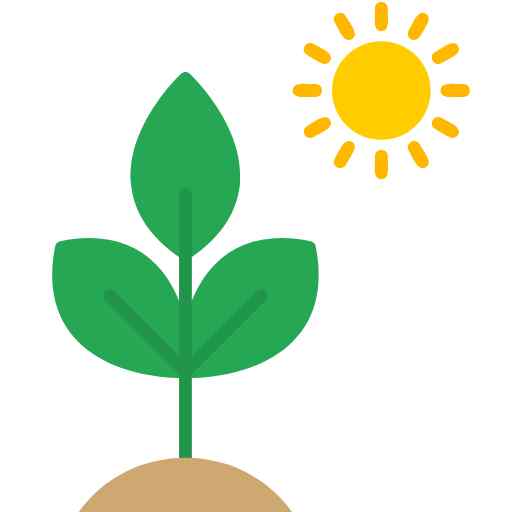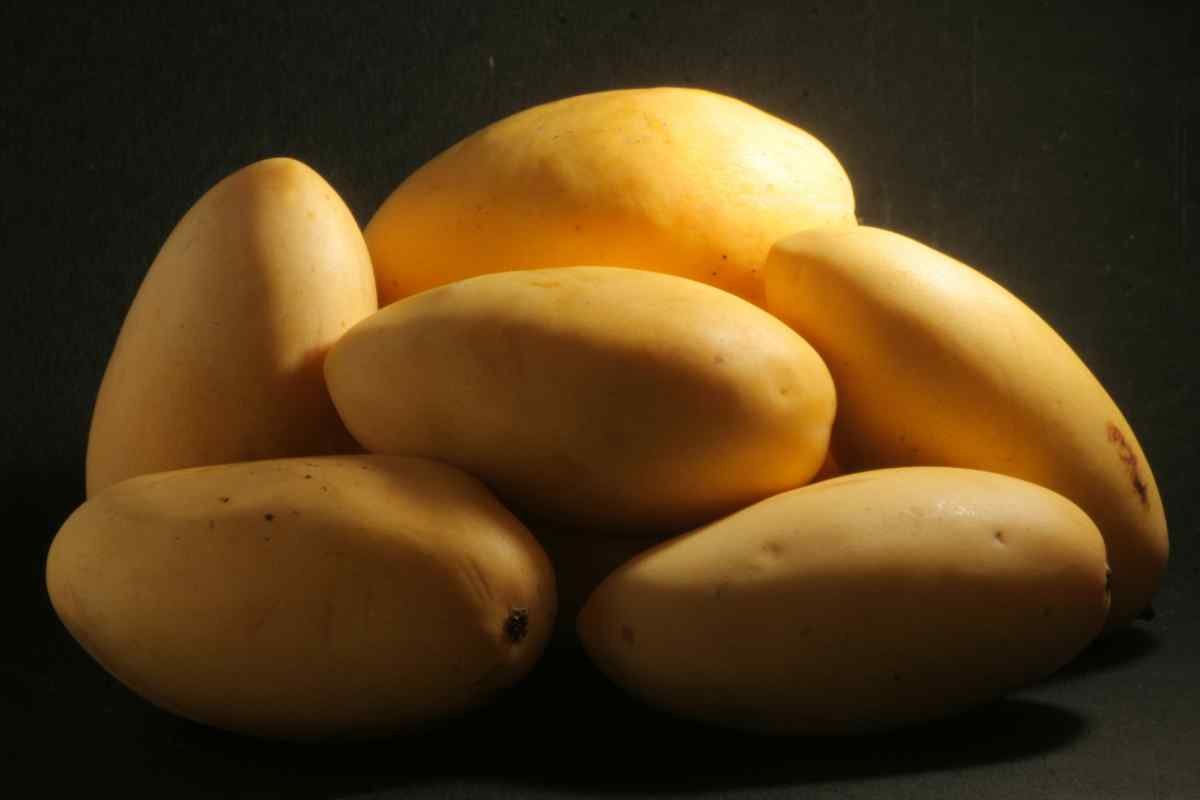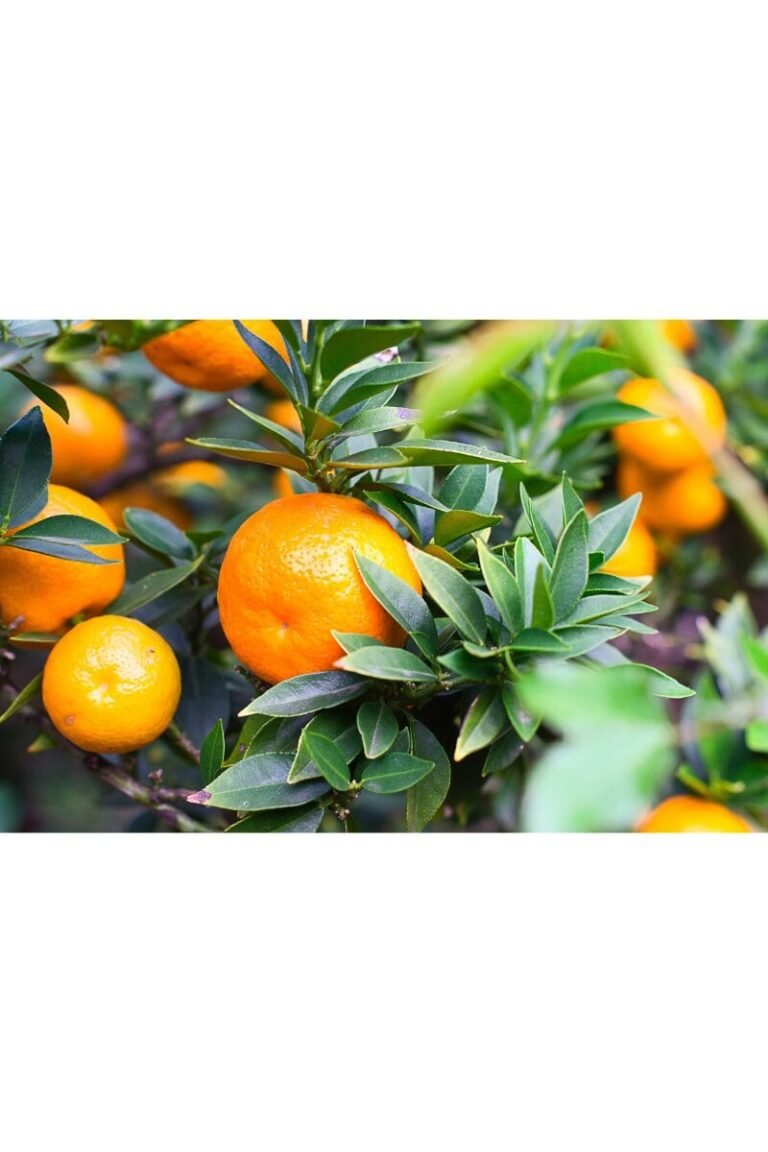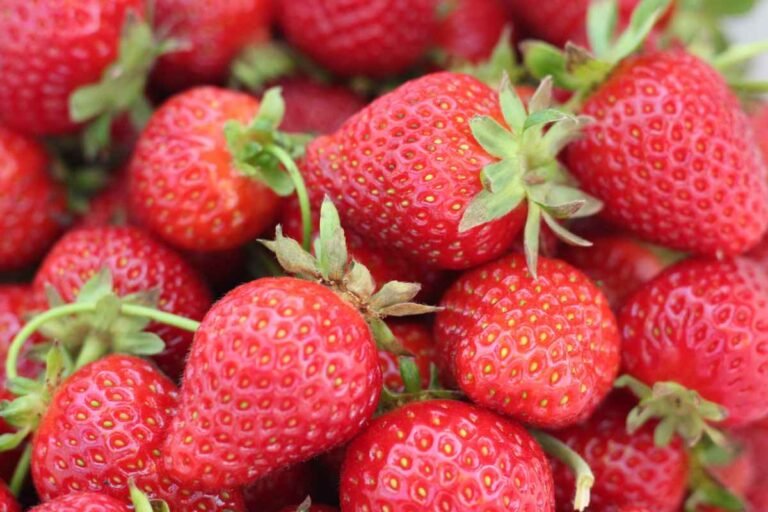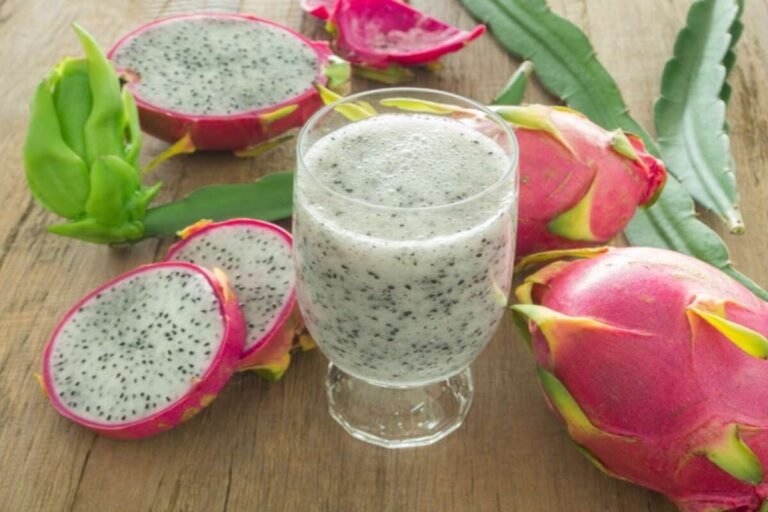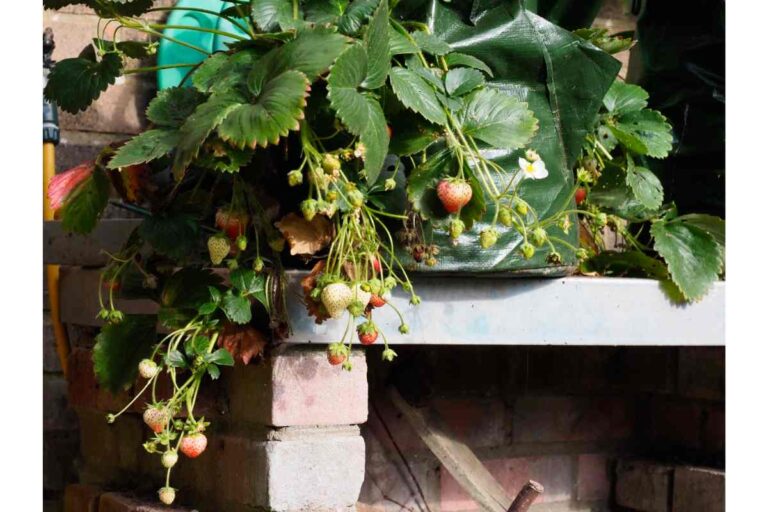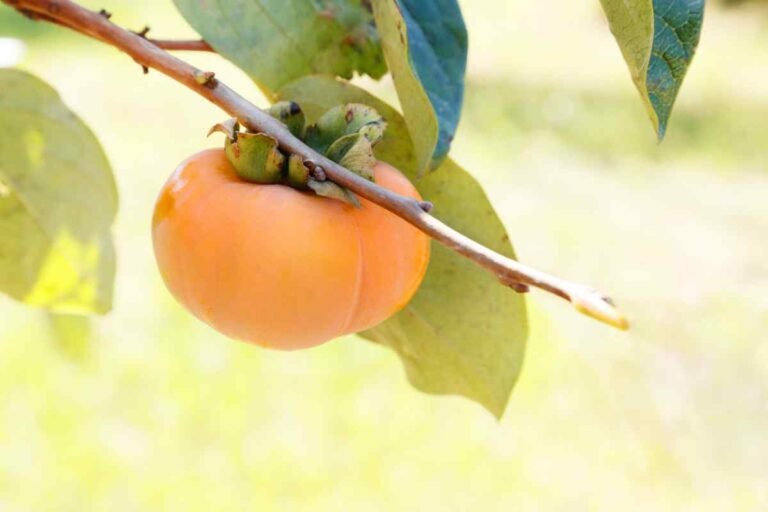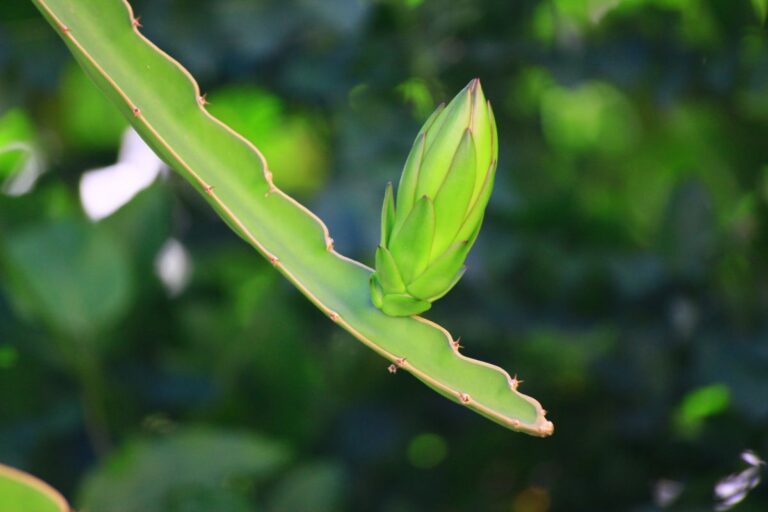How to Grow Kesar Mango Tree in a 15-Gallon Container
The kesar mango tree is a popular and highly prized fruit tree known for its delicious, sweet, and aromatic mangoes. Originating in India, kesar mangoes are often referred to as the “queen of mangoes” due to their unique flavor and rich, saffron-colored pulp. Growing a kesar mango tree at home can be rewarding and pleasing. This blog post will explain you everything you need to know about planting your very own kesar mango tree in a 15-gallon container.
How Long Does it Take for a Kesar Mango Tree to Start Blooming?
Kesar mango trees, like most mango varieties, typically take around 3-5 years to start blooming and producing fruit. However, the precise time it takes for your tree to bloom may vary depending on factors such as tree age, care, and environmental conditions. With the right care and attention, a kesar mango tree can bloom and bear fruit for many years, providing you with a bountiful harvest of delicious mangoes.
How to Plant a Kesar Mango Tree in a 15-Gallon Container
To successfully grow a kesar mango tree in a 15-gallon container, follow these steps:
Step 1: Choose the Right Container
Select a sturdy container with a minimum capacity of 15 gallons, preferably with drainage holes at the bottom to prevent waterlogging.
Step 2: Prepare the Soil Mix
A well-draining, nutrient-rich soil mix is important for the healthy growth of your kesar mango tree. Combine equal parts of garden soil, organic compost, and coarse sand or perlite to create an ideal soil mix.
Step 3: Plant the Tree
Gently remove the kesar mango tree from its nursery pot, taking care not to damage the roots. Place the tree in the center of the container, ensuring that the root ball is slightly above the soil line. Fill the remaining space with the prepared soil mix, lightly firming the soil around the tree.
Step 4: Watering and Fertilizing
Water the newly planted kesar mango tree thoroughly, allowing the excess water to drain out. Maintain consistent soil moisture, but avoid overwatering to prevent root rot. Fertilize the tree with a balanced, slow-release fertilizer every 3-4 months, following the manufacturer’s instructions.
Jumbo Kesar Mango Tree: A Closer Look
A jumbo kesar mango tree is a variation of the traditional kesar mango tree, known for its larger fruit size and increased yield per tree. While this variety requires the same care as a standard kesar mango tree, it may grow larger and require more space to thrive. If you’re interested in cultivating a jumbo kesar mango tree in a container, consider using a larger container (20-25 gallons) and following the same planting and care instructions outlined in this article.
Kesar Mango Tree Care Tips and Guidelines
To ensure the healthy growth and fruiting of your kesar mango tree, follow these care tips:
Sunlight
Kesar mango trees require full sun for optimal growth and fruit production. Place your container in a location that receives at least 6-8 hours of direct sunlight daily.
Watering
Water your kesar mango tree regularly, keeping the soil consistently moist but not waterlogged. Allow the top few inches of soil to dry out between waterings to prevent root rot.
Pruning
Prune your kesar mango tree annually to maintain its shape, size, and overall health. Remove any dead, damaged, or diseased branches, as well as any branches that are crossing or rubbing against each other.
Pest and Disease Control
Monitor your kesar mango tree for any signs of pests or diseases. Common issues include aphids, mealybugs, and mango scale. Use organic or chemical treatments as needed to manage any infestations.
Pollination
Kesar mango trees are self-pollinating, but you can increase the chances of fruit production by hand-pollinating the flowers using a small brush or cotton swab.
Kesar Mango Tree Height, Size, and Yield
Kesar mango trees can grow to a height of 30-40 feet in the ground, but container-grown trees are typically smaller, often reaching 8-10 feet tall. With proper pruning and care, you can maintain a more compact size for your container-grown kesar mango tree.
The average kesar mango tree size in a container ranges from 6-10 feet in height and 4-6 feet in width. The yield per tree varies depending on factors such as tree age, care, and environmental conditions. A healthy, well-cared-for kesar mango tree can produce anywhere from 50 to 100 mangoes per season.
Mango Tree Kesar Benefits
Growing a kesar mango tree not only provides you with delicious and aromatic mangoes but also offers numerous benefits:
Health Benefits
Kesar mangoes are rich in vitamins A and C, potassium, and antioxidants, providing numerous health benefits such as supporting a healthy immune system, promoting healthy digestion, and maintaining good eyesight.
Environmental Benefits
Growing a kesar mango tree contributes to a greener and healthier environment by absorbing carbon dioxide, releasing oxygen, and providing habitat for birds and beneficial insects.
Aesthetic Appeal
A kesar mango tree can add beauty and visual interest to your garden or patio with its lush foliage, fragrant flowers, and vibrant, colorful fruits.
Personal Satisfaction
Cultivating your own kesar mango tree can be a rewarding and fulfilling experience, allowing you to connect with nature and enjoy the fruits of your labor.
Let’s Have a Quick Overview: FAQs
Can I grow a kesar mango tree in a container?
Yes, you can grow a kesar mango tree in a container. A 15-gallon container is recommended for optimal growth, but larger containers can also be used, particularly for jumbo kesar mango trees.
How long does it take for a kesar mango tree to start blooming?
A kesar mango tree typically takes 3-5 years to start blooming and producing fruit. However, factors such as tree age, care, and environmental conditions can affect the exact time it takes for your tree to bloom.
How do I plant a kesar mango tree in a 15-gallon container?
To plant a kesar mango tree in a 15-gallon container, follow these steps: choose the right container, prepare a well-draining, nutrient-rich soil mix, plant the tree, and water and fertilize regularly.
What is the difference between a jumbo kesar mango tree and a regular kesar mango tree?
A jumbo kesar mango tree is a variation of the traditional kesar mango tree, known for its larger fruit size and increased yield per tree. This variety requires the same care as a standard kesar mango tree, but may grow larger and require more space to thrive.
How do I care for my kesar mango tree after planting it in a container?
Care for your kesar mango tree by ensuring it receives full sunlight, watering it regularly, pruning it annually, monitoring for pests and diseases, and hand-pollinating the flowers if necessary.
How tall does a kesar mango tree grow in a container?
A kesar mango tree grown in a container typically reaches a height of 8-10 feet, although proper pruning and care can help maintain a more compact size.
What is the average kesar mango yield per tree when grown in a container?
A healthy, well-cared-for kesar mango tree can produce anywhere from 50 to 100 mangoes per season when grown in a container. However, factors such as tree age, care, and environmental conditions can affect the yield.
What are the benefits of growing a mango tree kesar in a container?
Growing a kesar mango tree in a container offers numerous benefits, including health benefits from consuming the nutritious fruit, environmental benefits from the tree’s carbon dioxide absorption and oxygen release, aesthetic appeal from the tree’s lush foliage and vibrant fruits, and personal satisfaction from cultivating your own fruit tree.
Can I grow a kesar mango tree indoors?
While it is possible to grow a kesar mango tree indoors, it requires a lot of sunlight (at least 6-8 hours of direct sunlight daily) and ample space for optimal growth. You may need to use supplemental lighting and ensure proper air circulation to successfully grow a kesar mango tree indoors.
How often should I water my kesar mango tree in a container?
Water your kesar mango tree regularly, keeping the soil consistently moist but not waterlogged. Allow the top few inches of soil to dry out between waterings to prevent root rot. The frequency of watering may vary depending on factors such as the size of the container, the soil mix used, and the environmental conditions.
How do I prune my kesar mango tree in a container?
Prune your kesar mango tree annually to maintain its shape, size, and overall health. Remove any dead, damaged, or diseased branches, as well as any branches that are crossing or rubbing against each other. Pruning is best done during the dormant season, typically in late winter or early spring.
What type of fertilizer should I use for my kesar mango tree in a container?
Use a balanced, slow-release fertilizer for your kesar mango tree, such as a 10-10-10 or 14-14-14 formulation. Apply the fertilizer every 3-4 months, following the manufacturer’s instructions. You can also supplement with organic fertilizers such as compost or well-rotted manure to maintain soil fertility.
How do I protect my kesar mango tree from pests and diseases?
Monitor your kesar mango tree for any signs of pests or diseases, such as aphids, mealybugs, mango scale, or anthracnose. Use organic or chemical treatments as needed to manage any infestations. Regularly inspect your tree, remove any affected leaves or branches, and maintain good sanitation practices to prevent the spread of pests and diseases.
Do I need to hand-pollinate my kesar mango tree for fruit production?
Kesar mango trees are self-pollinating, but hand-pollinating the flowers can increase the chances of fruit production. Use a small brush or cotton swab to transfer pollen from the male flowers to the female flowers during the blooming season.
Can I transplant my container-grown kesar mango tree to the ground?
Yes, you can transplant your container-grown kesar mango tree to the ground if you have the space and appropriate conditions. Be sure to carefully acclimate the tree to its new environment and follow proper planting and care instructions for in-ground kesar mango trees.
Can I grow multiple kesar mango trees in one container?
Growing multiple kesar mango trees in one container is not recommended, as each tree requires sufficient space, nutrients, and water to thrive. Planting multiple trees in a single container may lead to competition for resources, resulting in reduced growth and fruit production.
How can I increase the fruit production of my kesar mango tree in a container?
To increase fruit production, ensure your kesar mango tree receives adequate sunlight, water, and nutrients. Prune the tree annually to maintain a healthy structure and promote fruiting. Hand-pollinating the flowers can also help increase the chances of fruit production.
Can I propagate kesar mango trees from cuttings?
Propagating kesar mango trees from cuttings can be challenging, as they are not known to root easily from cuttings. Grafting is the preferred method for propagating kesar mango trees, as it results in more reliable and successful outcomes.
What is the lifespan of a kesar mango tree grown in a container?
The lifespan of a kesar mango tree grown in a container can vary depending on factors such as tree age, care, and environmental conditions. With proper care, a container-grown kesar mango tree can live and produce fruit for many years.
How do I overwinter my kesar mango tree in a container?
If you live in a region with cold winters, move your container-grown kesar mango tree to a protected area such as a greenhouse, sunroom, or garage before the first frost. Ensure the tree continues to receive adequate sunlight, and water it sparingly throughout the winter months. Gradually acclimate the tree to outdoor conditions in the spring before returning it to its outdoor location.
Can I grow a kesar mango tree from seed?
Yes, you can grow a kesar mango tree from seed, but be aware that it may not produce fruits identical to the parent tree. Grafted trees are more reliable in terms of fruit quality and production. To grow a kesar mango tree from seed, remove the seed from a ripe mango, clean it, and plant it in a well-draining soil mix. Keep the soil moist and provide adequate sunlight for germination and growth.
